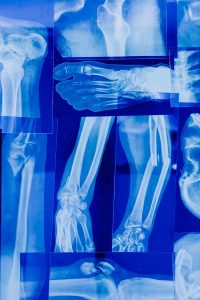Diagnostic Imaging IT Specialists
Diagnostic Imaging Specialists
Leverage our expertise for all your diagnostic imaging requirements. Whether it’s a comprehensive project, specialized resources, or robust support services, we’ve got you covered. Turn to us as your trusted partner for any diagnostic imaging needs.
Get expert advice from our imaging specialists.
Elevate your performance with our vendor-agnostic imaging consulting services. Our experts empower your business intelligence, ensuring system stability and robust security. Optimize your exam cycle, streamline workflow, and improve care efficiency through our diagnostic imaging recommendations. Maximize your IT investments and enhance your operational capabilities with our comprehensive support.
Radiology Construction and Technology Upgrades:
– Facility design and construction planning
– Equipment installation and integration
– Technology infrastructure upgrades
– Project management and oversight
Acquisition & Accreditation Services:
– Equipment Selection & Acquisition
– Vendor Selection & Acquisition
– Service Contract Selection & Acquisition
– ACR Accreditation
– ICAMRL Accreditation
– Accreditation Guidance & Assistance
Performance Improvement & Quality Assurance/Improvement:
– Image Optimization
– Performance Improvement Program Evaluation & Monitoring
– Policy & Procedure Development, Review, Guidance
– MRI Safety Program Development & Monitoring
– Quality Assurance & Improvement
Additional Client Services:
– Networking
– Workflow
– Equipment Protocols
– DICOM Routing
– EHR Custom Integration
– HL7 Interfacing
– PACS/RIS Interfacing
Lets take a deeper dive.
What is the role of diagnostic imaging information technology specialists?
What are the core responsibilities of diagnostic imaging information technology specialists?
What is the typical path to becoming a diagnostic imaging information technology specialist?
How can one pursue a career as a diagnostic imaging information technology specialist?
What are the career prospects for diagnostic imaging information technology specialists?
Diagnostic imaging technology has revolutionized healthcare, enabling specialists to provide accurate and timely diagnoses. Information technology plays a crucial role in enhancing the efficiency and effectiveness of these imaging processes for technologists, doctors, and diagnostic images. Today, diagnostic imaging information technologists are at the forefront of integrating advanced computer technologies to improve patient care and outcomes. With a blend of expertise in both medical imaging and IT systems, these technologists ensure seamless operations and optimal utilization of diagnostic equipment.
From managing complex software systems to ensuring data security and regulatory compliance, these experts are instrumental in driving innovation and improving diagnostic capabilities. Stay tuned to explore how these specialists, AI program, are shaping the future of medical imaging to provide diagnostic images.
Key Takeaways
Understanding the role of diagnostic imaging information technology specialists is crucial for those interested in this career path.
The core responsibilities of these specialists involve managing and maintaining imaging systems, ensuring data accuracy, and supporting healthcare professionals.
To pursue a career as a diagnostic imaging information technology specialist, individuals typically need a combination of education, training, relevant certifications, and image.
Those interested in this profession should consider gaining experience through internships or entry-level positions to enhance their skills and knowledge.
Career prospects for diagnostic imaging information technology specialists are promising due to the increasing reliance on technology in healthcare settings.
Stay updated on advancements in diagnostic imaging technology and IT systems to remain competitive and valuable in this evolving field.
Defining the Role
Imaging Informatics Basics
Imaging informatics plays a crucial role in delivering efficient medical imaging services by managing and analyzing medical images. It involves the utilization of technology in diagnostic imaging centers to store, retrieve, and distribute these images accurately. This field ensures that healthcare providers have access to high-quality images promptly.
Understanding how imaging informatics enhances the reliability of medical services is essential. By leveraging data, informaticists can improve diagnostic accuracy and treatment planning. They streamline workflows in diagnostic imaging centers, leading to faster turnaround times for patient care.
The applications of imaging informatics span across various medical specialties, from radiology to cardiology. In radiology, informaticists, specializing in medical imaging informatics, focus on optimizing image quality and ensuring seamless integration with electronic health records. Cardiologists and imaging informaticists benefit from informatics solutions that aid in interpreting cardiac images efficiently.
Role in Healthcare
Imaging informaticists serve as a vital link between different healthcare professionals. They bridge the gap between imaging technologists who capture images, doctors who interpret them, and IT professionals who maintain the systems. This collaboration ensures smooth operations within medical facilities.
Monitoring and correcting technical issues within Picture Archiving and Communication Systems (PACS) falls under the responsibilities of imaging informaticists. They troubleshoot errors promptly to prevent disruptions in accessing critical medical images by imaging informaticists. Their expertise contributes to maintaining uninterrupted patient care.
Organizing and storing medical images for easy access by healthcare professionals is another crucial aspect of an imaging informaticist’s role. By implementing efficient image management systems, they ensure that physicians can retrieve patient data swiftly during diagnosis and treatment planning.
Career Outlook
To pursue a career in imaging informatics, individuals typically need a bachelor’s degree in health information management or a related field. Some roles may require additional certifications or specialized training in medical imaging technologies.
Obtaining certification as a Certified Imaging Informatics Professional (CIIP) can provide numerous benefits. It demonstrates proficiency in managing medical imaging data effectively and opens up opportunities for career advancement in the field.
Several factors influence the annual median salary for medical records and health information technologists specializing in imaging informatics. These include experience level, geographic location, employer size, and industry demand for skilled professionals.
Core Responsibilities
Daily Duties
Imaging informaticists collect, sort, and store medical images daily, ensuring accuracy and accessibility for healthcare professionals. They provide essential support to radiology departments in managing imaging data efficiently. They play a crucial role in overseeing the maintenance and updates of Picture Archiving and Communication System (PACS) hardware.
Managing Data
Imaging informaticists are responsible for managing and accessing image-related information to enhance patient care outcomes. By utilizing advanced data mining techniques, they ensure the accuracy of radiologic databases for precise medical imaging diagnostics. Their work is vital in guaranteeing the reliability of medical imaging through computer-aided diagnostics.
Improving Patient Care
Imaging informatics significantly contributes to enhancing patient care within healthcare networks by streamlining imaging processes. Their expertise plays a pivotal role in improving the efficiency and reliability of medical services across various specialties. Through innovative practices, imaging informaticists positively impact patient outcomes by ensuring accurate diagnoses and treatment plans.
Path to the Profession
Education Requirements
To become professionals in imaging informatics, individuals must pursue relevant education. The Bachelor of Science in Imaging Sciences program at AdventHealth University Online offers a comprehensive curriculum for aspiring specialists. This program covers anatomy, imaging technologies, and data management crucial for the field.
Gaining experience in imaging, Picture Archiving and Communication Systems (PACS), and other health IT systems is vital. Practical exposure enhances understanding of medical image management. These experiences are essential for mastering the core responsibilities of imaging informatics specialists.
Certification Paths
For individuals entering the field of imaging informatics, pursuing certifications is key. One notable certification is becoming a Certified Imaging Informatics Professional (CIIP). This certification validates expertise in managing medical images and data effectively. It demonstrates commitment to excellence in the field.
Certifications like CIIP are instrumental in career advancement within imaging informatics. They showcase proficiency and dedication to staying updated with industry standards. Employers often prioritize certified professionals when hiring or promoting within the organization.
Gaining Experience
Gaining practical experience in imaging, PACS, and health IT systems is crucial for success in this profession. Hands-on exposure helps develop skills in managing various types of medical images efficiently. It also hones abilities to navigate complex data systems effectively.
Experience plays a pivotal role in advancing one’s career in imaging informatics. As professionals accumulate more hands-on experience, they become adept at handling diverse challenges that arise in medical image management. This practical knowledge sets them apart as experts in the field.
Pursuing the Career
Step 1 Earn a Degree
Earning a Bachelor of Science in Imaging Sciences or a related field is crucial for aspiring diagnostic imaging information technology specialists. This degree provides essential knowledge in medical imaging technologies and data management systems. The educational requirements include courses in anatomy, physiology, medical terminology, and information technology.
Formal education plays a significant role in preparing individuals for roles in imaging informatics by providing a strong foundation in both healthcare and information technology. It equips students with the necessary skills to understand complex imaging processes and effectively manage digital images within healthcare settings.
Step 2 Obtain Certification
Obtaining certification as a Certified Imaging Informatics Professional (CIIP) offers numerous benefits to brain diagnostic imaging IT specialists. Certification validates an individual’s expertise and proficiency in managing medical imaging technologies and data systems. It demonstrates a commitment to excellence in the field of imaging informatics.
There are various certification paths available for individuals looking to advance their careers in imaging informatics, including specialized certifications in areas such as Picture Archiving and Communication Systems (PACS) administration. These certifications enhance job prospects and open up opportunities for career growth within the field.
Step 3 Gain Experience
Practical experience is essential for diagnostic imaging information technology specialists to succeed in their careers. Hands-on experience working with imaging systems, PACS, and other health IT platforms allows professionals to develop practical skills in managing medical images and data efficiently. This experience is invaluable for understanding real-world challenges and applying theoretical knowledge to practical scenarios.
Building experience through internships, clinical rotations, or entry-level positions is key to developing a successful career in imaging informatics. Practical exposure helps professionals refine their technical abilities, problem-solving skills, and decision-making capabilities within the healthcare environment.
Career Prospects
Job Opportunities
Imaging informatics specialists have various career opportunities in healthcare settings, research institutions, and technology companies. They play a crucial role in managing and analyzing medical images using advanced technologies. Demand for these professionals is on the rise due to the increasing reliance on diagnostic imaging in healthcare.
Professionals in imaging informatics can pursue diverse career paths, such as PACS administrators, clinical applications specialists, or imaging systems analysts. These roles involve working with cutting-edge technologies to ensure efficient image management and analysis.
Advancing in the Field
To advance in the field of imaging informatics, professionals should continuously update their skills to keep pace with technological advancements. Engaging in ongoing professional development programs and certifications can enhance career prospects and open doors to higher-level positions.
Career growth opportunities in imaging informatics include moving into leadership roles such as imaging informatics manager or director. These positions require not only technical expertise but also strong leadership and communication skills to effectively manage teams and projects.
Final Remarks
You now have a clear picture of what it takes to become a diagnostic imaging information technology specialist. From understanding the role to exploring career prospects, you are equipped with valuable insights to pursue this exciting career path. Remember, dedication and continuous learning are key to thriving in this field. Stay updated on the latest technologies and advancements to remain competitive.
In conclusion, take the next step towards your dream career as a diagnostic imaging information technology specialist. Research educational paths, gain hands-on experience, and network within the industry. Your passion for technology and healthcare can truly make a difference in improving patient care through innovative diagnostic imaging solutions.
Frequently Asked Questions
What is the role of radiologic technologists, physicians, and biomedical informatics specialists in tomography diagnostic imaging information technology?
Diagnostic imaging IT specialists manage and maintain technology systems used in medical imaging. They ensure the proper functioning of equipment like MRI and CT scanners, enhancing efficiency in healthcare settings.
What are the core responsibilities of radiologic technologists, diagnostic imaging information technology specialists, specializing in tomography, biomedical informatics, and medical records?
Core responsibilities include installing and configuring imaging software, troubleshooting technical issues, ensuring compliance with regulations, training staff on system usage, and collaborating with healthcare professionals to optimize imaging processes.
What is the typical path to becoming a diagnostic imaging information technology specialist?
Typically, individuals pursue a degree in health information technology or a related field. Gaining experience through internships or entry-level positions in healthcare IT is crucial. Professional certifications such as DICOM are also beneficial for career advancement.
How can one pursue a career as a diagnostic imaging information technology specialist, working with radiologic technologists, physicians, computer, and image?
To pursue this career, start by obtaining relevant education in IT or health informatics. Gain hands-on experience through internships or junior roles in healthcare settings. Stay updated on industry trends and technologies to excel in this field.
What are the career prospects for diagnostic imaging information technology specialists, technologists, doctors, and computer image?
Career prospects for diagnostic imaging IT specialists are promising due to the increasing reliance on digital imaging technologies in healthcare. With advancements in medical technology, there is a growing demand for skilled professionals to manage and optimize these systems.





